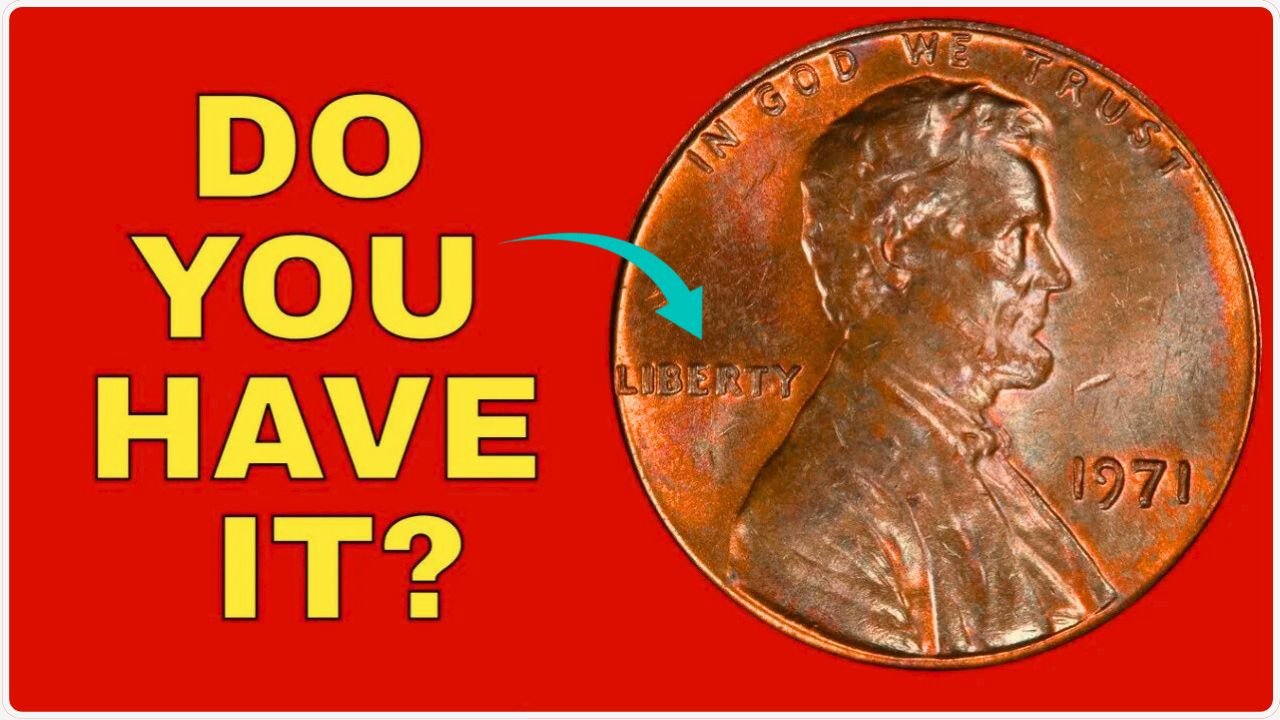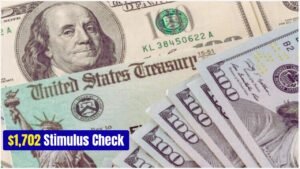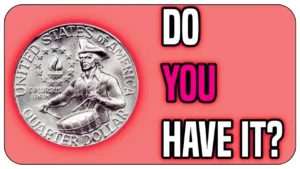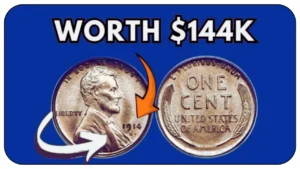Bicentennial Quarter: In 1975 and 1976, the U.S. Mint released special quarters to celebrate America’s 200th birthday. These Bicentennial Quarters, marked with “1776-1976” and a colonial drummer on the back, were everywhere. Over 1.6 billion were made, so they’re still common in pocket change today. But whispers of a super-rare version, possibly worth $2.5 billion, have coin collectors buzzing. Is it real, or just a wild story? Let’s dig into the facts behind this numismatic legend.
Rare Bicentennial Quarter Worth $11 Million – Still Circulating in Pocket Change?
The Bicentennial Quarter Basics
Most Bicentennial Quarters are worth just 25 cents. They feature George Washington on the front and a drummer boy with a torch and 13 stars on the back, symbolizing the original colonies. The U.S. Mint made these coins in Philadelphia, Denver, and San Francisco. Regular ones are copper-nickel, but some San Francisco coins, marked with an “S,” are 40% silver and were sold in collector sets. These silver coins weigh about 5.75 grams, slightly heavier than the standard 5.67 grams, and can fetch $5 to $20 if in good shape.
The $2.5 Billion Rumor : Bicentennial Quarter
The idea of a $2.5 billion quarter sounds like something out of a movie. No coin has ever sold for that much—top coins like the 1933 Double Eagle went for $7.6 million. So where did this number come from? Some say it’s tied to a one-of-a-kind coin, maybe struck in gold or with a rare minting error, like a double die (where the design is stamped twice) or a wrong metal planchet. Others think it’s just internet hype, with no proof of such a coin existing. Experts at the Professional Coin Grading Service (PCGS) say no Bicentennial Quarter has been verified at that value, but the story keeps collectors checking their change.
Why Some Quarters Are Valuable
While a $2.5 billion coin is likely a myth, some Bicentennial Quarters are worth big money. Rare errors or pristine condition can boost their value. Here’s what to look for: Bicentennial Quarter
- Silver Composition: Check for a solid silver edge (no copper stripe). These 40% silver coins, mostly from San Francisco, are worth more.
- Minting Errors: Look for double dies (blurry letters or designs), off-center strikes, or coins struck on the wrong metal, like a dime or nickel planchet.
- Condition: Coins graded MS-67 or higher (near-perfect) by PCGS or NGC can sell for $1,000 to $7,000.
For example, a 1976-S Silver Proof Quarter sold for $19,200 at auction, and a 1976-D Clad Double Die Obverse went for $8,400 in 2023. These are rare, but they show valuable coins are out there.
How to Spot a Rare Quarter
Think you’ve got a special quarter? Here’s a quick guide to check:
|
Feature |
What to Look For |
Why It Matters |
|---|---|---|
|
Date |
“1776-1976” |
Confirms it’s a Bicentennial Quarter |
|
Mint Mark |
“S,” “D,” or none |
“S” may indicate silver; errors vary by mint |
|
Weight |
~5.75g for silver, ~5.67g for copper-nickel |
Silver coins are heavier and more valuable |
|
Errors |
Double letters, off-center design |
Rare errors can mean big bucks |
|
Condition |
No wear, shiny |
Pristine coins fetch higher prices |
Use a magnifying glass to spot errors and a scale to check weight. Don’t clean the coin—it lowers the value! Take it to a pro appraiser or a service like PCGS for grading. Bicentennial Quarter
The Thrill of the Hunt : Bicentennial Quarter
The $2.5 billion claim may be far-fetched, but it’s fueled a treasure hunt. Millions of Bicentennial Quarters are still in circulation, so checking your change is like a mini lottery. (Bicentennial Quarter) Even if you don’t find a billion-dollar coin, a silver or error quarter could bring hundreds or thousands. Stories of rare coins found in piggy banks or vending machines keep the dream alive. In 2005, a rare 1913 Liberty Head nickel was found in a family collection, selling for millions.
Keep Your Eyes Open
Bicentennial Quarter: The legend of the $2.5 billion Bicentennial Quarter is probably just that—a legend. But coin collecting is full of surprises. Every quarter you get could be a piece of history, maybe worth more than you think. So next time you buy a coffee or empty your pockets, take a closer look. You might not find a billion-dollar coin, but you could uncover a small fortune or a cool piece of America’s past. Happy hunting!



